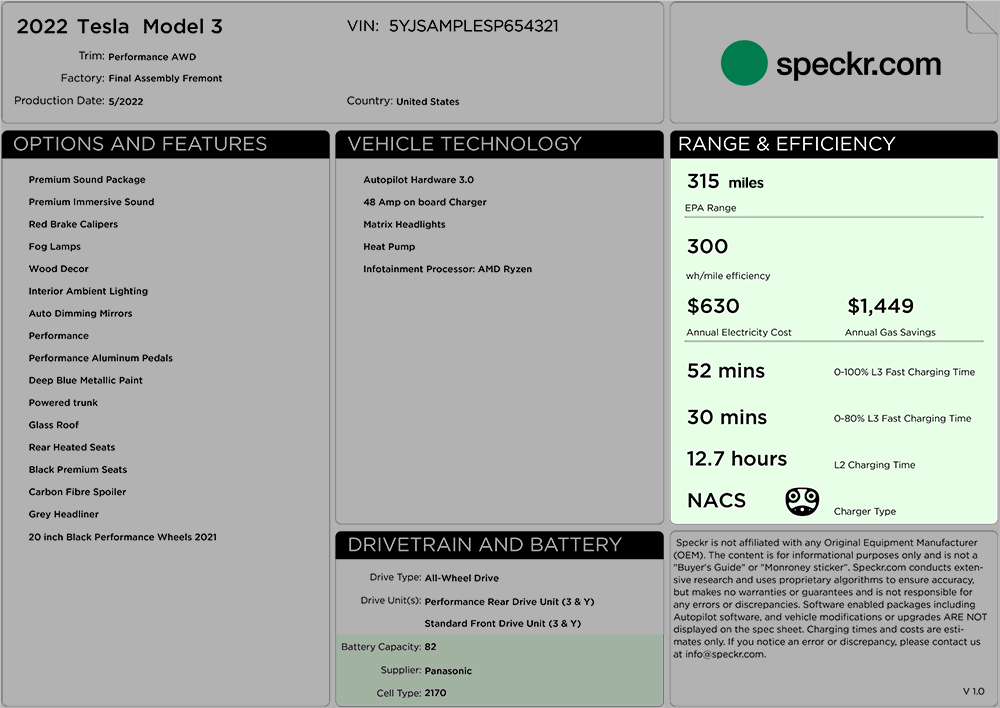Understanding EPA Range

EPA Methodology
The Environmental Protection Agency (EPA) has established a rigorous methodology to provide electric vehicle EV buyers with a real world range figure. This figure represents the average distance an EV can travel on a full charge under typical U.S. driving conditions.
The core of the EPA's testing approach is conducted indoors to ensure consistent conditions. On a dynamometer, the vehicle's wheels turn against rollers, with computer programs simulating various terrains and driving conditions. This controlled environment ensures that every vehicle is subjected to the same standardized tests, making the resulting data comparable across different models and brands.
Driving Cycles: The EPA employs several distinct driving cycles to represent a wide array of real-world driving scenarios, ensuring that the range figures are reflective of everyday conditions:
FTP-75 cycle: This cycle mimics urban driving conditions, characterized by frequent stops and starts, akin to city commuting.
HWFET cycle: Created to simulate highway driving, this cycle places emphasis on consistent higher-speed ranges.
US06 cycle: Representing more aggressive driving, this cycle includes quick accelerations and high-speed cruising, akin to spirited driving habits.
SC03 cycle: Simulates urban driving but introduces the use of air conditioning, a significant factor in warmer climates.
The EPA permits vehicle manufacturers, or Original Equipment Manufacturers (OEMs), to self-certify their range figures. This means while the EPA provides the testing methodology and guidelines, the OEMs are responsible for conducting these tests and submitting their results to the EPA for review. Periodically, the EPA reviews these submissions and might choose specific models for independent verification to ensure authenticity.
Real World
It is worth noting that there has been recent press surrounding Tesla range figures specifically that they underperform compared to their advertised EPA ratings. Buyers should be aware of the many factors that can reduce range including higher speeds and cold weather. Because the EPA test is an average of different driving conditions, it can fall short of users expectations for highway driving in particular. This is where drivers need the most range and it is also where the car can perform the most poorly compared to the advertised range especially at higher speeds which many drivers are used to 80+ miles per hour. At highway speeds you will essentially never achieve the EPA range since that figure is taking an average of other (more efficient) driving scenarios into consideration.
Despite the shortcomings of the EPA standard, it is still the best way to compare range figures between models since all manufactures are held to the same standards. We also include battery size, and efficiency figures on the speckr Spec Sheet to help you understand the overall picture of the battery and range.
